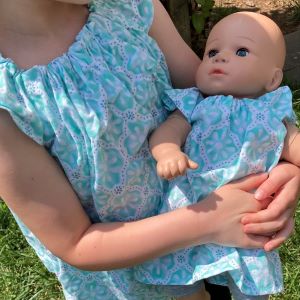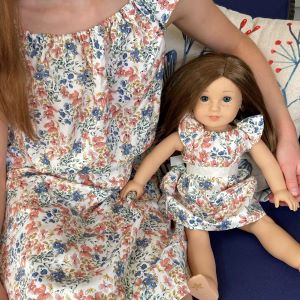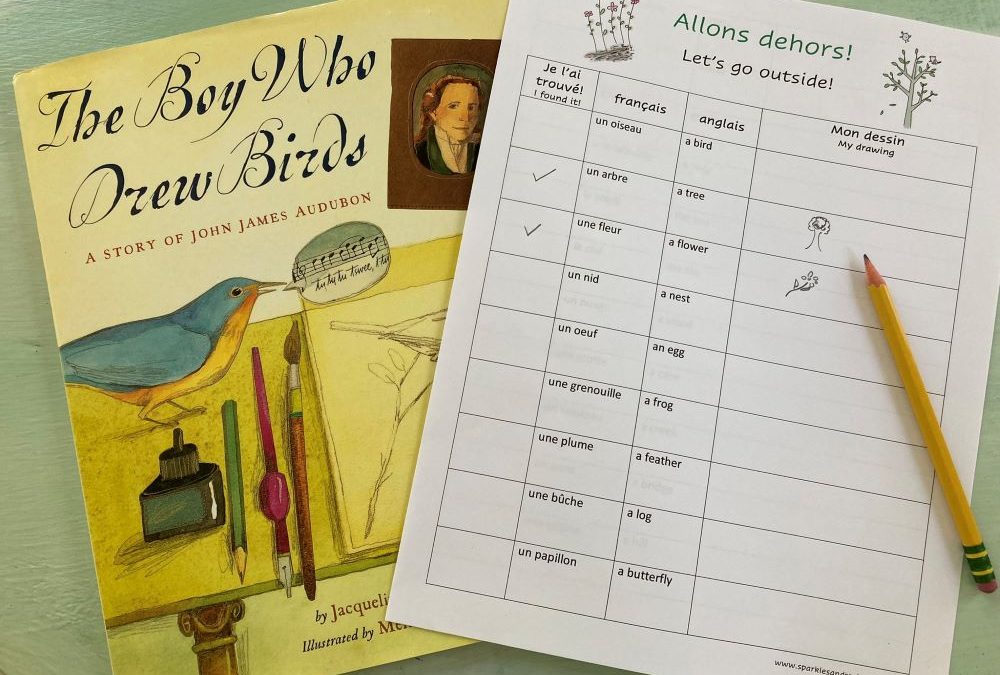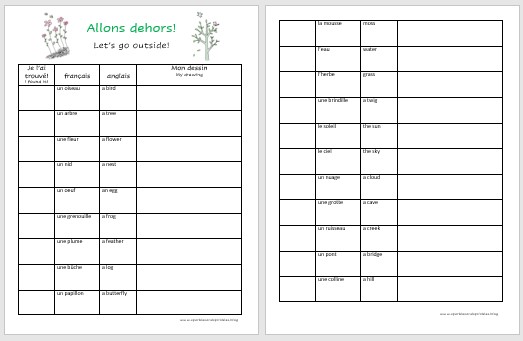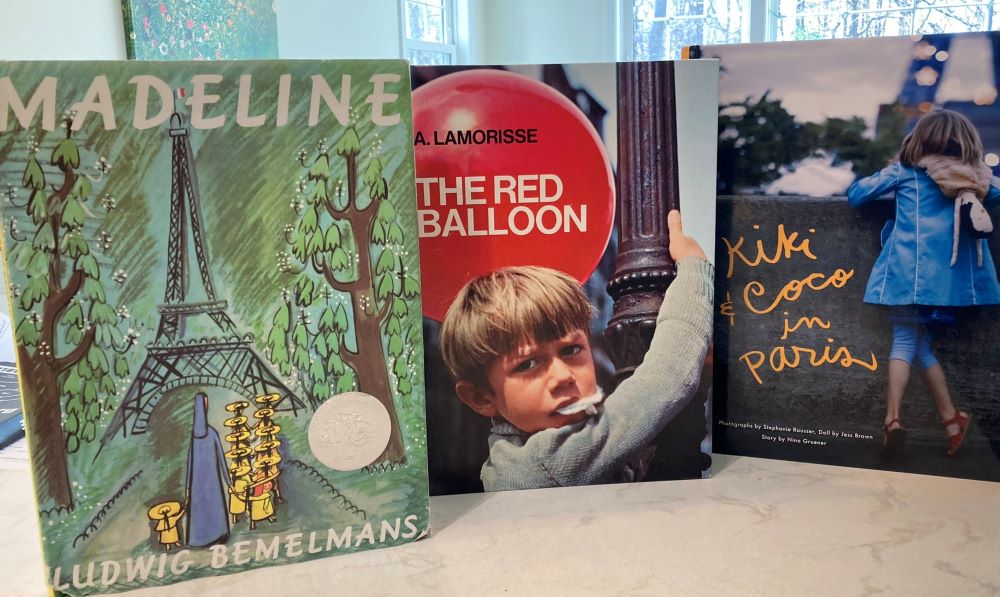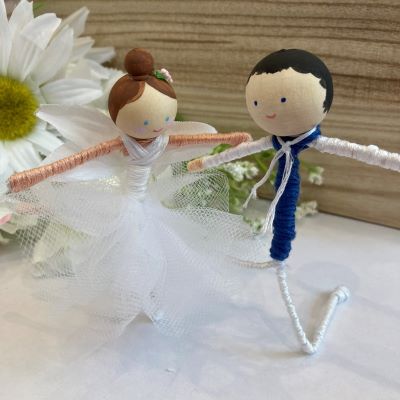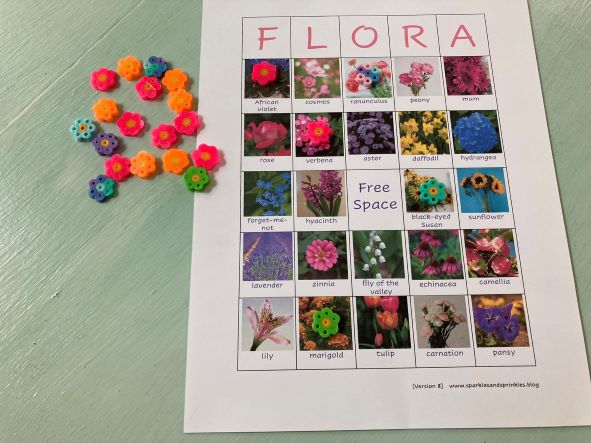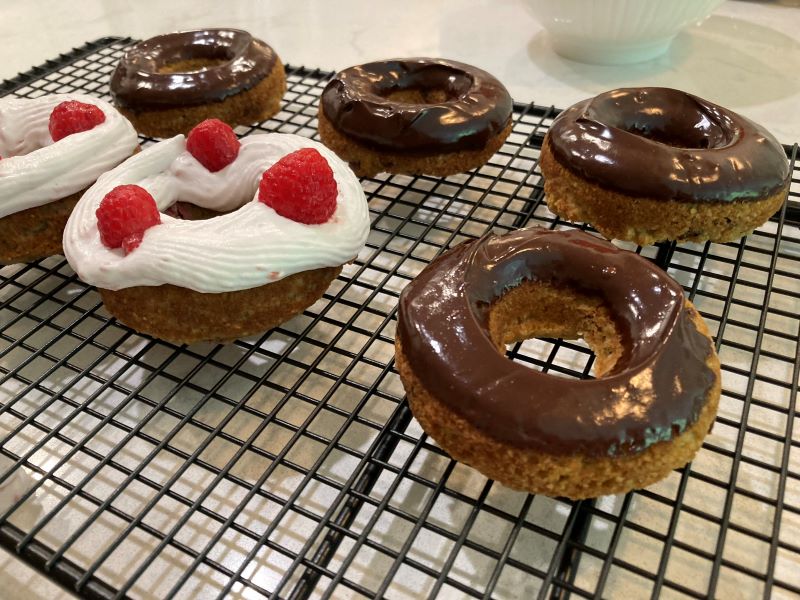
Paleo Donuts {baked, gluten-free}
On a recent trip to Nashville, we had the opportunity to go to Five Daughters Bakery. What a treat! They have delicious paleo donuts that we all sat down to enjoy one sunny afternoon… and perhaps the best part is that everyone was happy afterward (rather than the cranky behavior effect of regular donuts). We love the sweet theme of love and family at Five Daughters Bakery, so we had to snap a picture of the donut box…

Nashville is way too far away for us to be able to get these delicious donuts again any time soon (though a 10 hour drive might almost be worth it!), so upon arriving home, we experimented with recreating these delicious donuts. Our daughters (who are quite the food critics) actually said they think our homemade donuts are even better… Mama thinks the Five Daughters Bakery donuts are the winner, but then again, for a mama, it’s quite a treat to be able to find a healthy gluten-free snack for everyone without having to make it.
In this post, we share with you our recipes for chocolate chip donuts with chocolate ganache, and fresh raspberry donuts with creamy frosting.
* Plus – scroll down for a fall favorite we just added – apple cinnamon donuts *
The donuts can be made strictly paleo, using coconut oil, or the version our children like best, with butter.
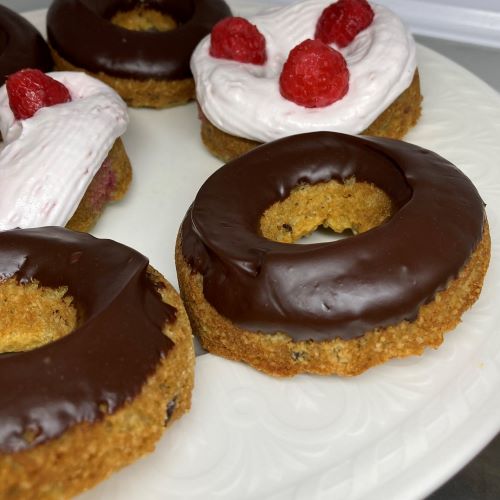
Ingredients for 12 donuts (for complete instructions, please scroll down):
1 1/2 cups almond flour
1/3 cup coconut flour
3/4 teaspoon baking soda
3 Tablespoons tapioca flour
3 eggs
1 1/2 teaspoons apple cider vinegar
1/3 cup melted butter (or melted coconut oil)
1 1/2 teaspoons vanilla extract
1/3 cup maple syrup
1/3 cup milk of choice
1/3 cup mini chocolate chips or fresh raspberries
Frosting/topping of choice
If you are looking for a donut pan, we recommend this one from Nordic Ware:
Let’s make donuts!

Step 1: Measure dry ingredients into a large mixing bowl.
1 1/2 cups almond flour
1/3 cup coconut flour
3/4 teaspoon baking soda
3 Tablespoons tapioca flour

Step 2: Stir dry ingredients together well.

Step 3: Measure liquid ingredients into a separate large mixing bowl.
3 eggs
1 1/2 teaspoons apple cider vinegar
1/3 cup melted butter (or melted coconut oil)
1 1/2 tsp vanilla extract
1/3 cup maple syrup
1/3 cup milk of choice

Step 4: Whisk liquid ingredients together well.

Step 5: Pour liquid ingredients into dry ingredients and stir together well.

Step 6: Add mini chocolate chips or fresh raspberries.
1/3 cup mini chocolate chips
or
1/3 cup washed fresh raspberries

Step 7: Grease donut pan and generously pipe in donut batter.
Cut about a 1 inch opening at the tip of the piping bag prior to filling the bag with batter.
This recipe makes 12 donuts.
Need a donut pan? We love this one from Nordic Ware.

Step 8: Bake in 350 degree oven for 13-15 minutes.
We have found 13 minutes is enough. Try not to overbake.

Step 9: Let cool slightly in pan, then transfer to cooling rack.

Step 10: Top with chocolate ganache or raspberry cream
Once donuts are completely cooled, top them with chocolate ganache or raspberry cream. This is optional, the donuts are great even without topping. (See instructions below.)

Chocolate Ganache
For the chocolate ganache in the photo, we made a super simple microwave version using just dark chocolate, butter and stevia. Simply place a dark chocolate bar in a microwave safe bowl. Melt chocolate in microwave (about 1 minute and 30 seconds). Add a few Tablespoons butter (or coconut oil), and stir with warm chocolate until well combined. Stir in sweetener to taste. Dip the top of donut into the ganache, then lift up the donut and place on a plate. Beautiful and so fun!

Raspberry Cream frosting
For the raspberry cream frosting in the photos, we used coconut cream. Refrigerate a can of coconut cream over night (make sure it is cream, not milk). Pour off the liquid and discard it. Place the cream (should be solid) in the bowl of an electric mixer. Whip until fluffy. Add sweetener to taste (such as stevia or honey). Add a small amount of fresh raspberries. Whip again until well incorporated. Use a piping bag to frost the donuts. You could also use whipped cream instead of coconut cream, or use our low sugar butter cream cheese frosting.
Try a fall favorite – Apple Cinnamon Donuts!
Add 1 teaspoon ground cinnamon and 1/3 cup applesauce to the plain donut batter. Once donuts are baked and cooled, dip the tops in a mixture of ground cinnamon and stevia powder. This makes a yummy apple donut, like you might find at an apple orchard or fall festival, but our version is gluten-free.
ENJOY!
Find out when we post new recipes and craft ideas… simply click to here to SUBSCRIBE.
Thank you for joining us at sparklesandsprinkles.blog !
Note: Sparkles and Sprinkles is not affiliated with Five Daughters Bakery. Our four daughters are big fans of Five Daughters Bakery, though, so we tried to create some similar donuts at home.
Note: Some links on this page are Amazon Affiliate links. Sparkles and Sprinkles is a participant in the Amazon Associates Program, an affiliate advertising program designed to provide a means for sites to earn advertising fees by advertising and linking to Amazon.com.
Other links may or may not be affiliate links. We provide links because we have found these products or services beneficial, and we think you might too.



